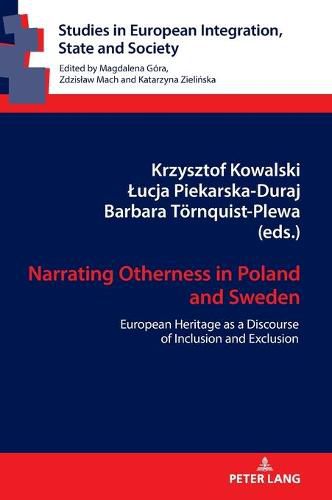Readings Newsletter
Become a Readings Member to make your shopping experience even easier.
Sign in or sign up for free!
You’re not far away from qualifying for FREE standard shipping within Australia
You’ve qualified for FREE standard shipping within Australia
The cart is loading…






This title is printed to order. This book may have been self-published. If so, we cannot guarantee the quality of the content. In the main most books will have gone through the editing process however some may not. We therefore suggest that you be aware of this before ordering this book. If in doubt check either the author or publisher’s details as we are unable to accept any returns unless they are faulty. Please contact us if you have any questions.
The book studies how multiple representations of the Other are constructed, Europeanized and used in Poland and Sweden in various heritage related contexts (museums, cities, war cemeteries, commemoration sites etc.) in the second decade of the 21st century. In a more general sense, the authors raise the question of how otherness (in terms of culture, ethnicity, class, gender, etc.) is constructed and leads to its social inclusion, domestication, marginalization or - increasingly common in Scandinavian and Central European peripheries - exclusion.
$9.00 standard shipping within Australia
FREE standard shipping within Australia for orders over $100.00
Express & International shipping calculated at checkout
This title is printed to order. This book may have been self-published. If so, we cannot guarantee the quality of the content. In the main most books will have gone through the editing process however some may not. We therefore suggest that you be aware of this before ordering this book. If in doubt check either the author or publisher’s details as we are unable to accept any returns unless they are faulty. Please contact us if you have any questions.
The book studies how multiple representations of the Other are constructed, Europeanized and used in Poland and Sweden in various heritage related contexts (museums, cities, war cemeteries, commemoration sites etc.) in the second decade of the 21st century. In a more general sense, the authors raise the question of how otherness (in terms of culture, ethnicity, class, gender, etc.) is constructed and leads to its social inclusion, domestication, marginalization or - increasingly common in Scandinavian and Central European peripheries - exclusion.